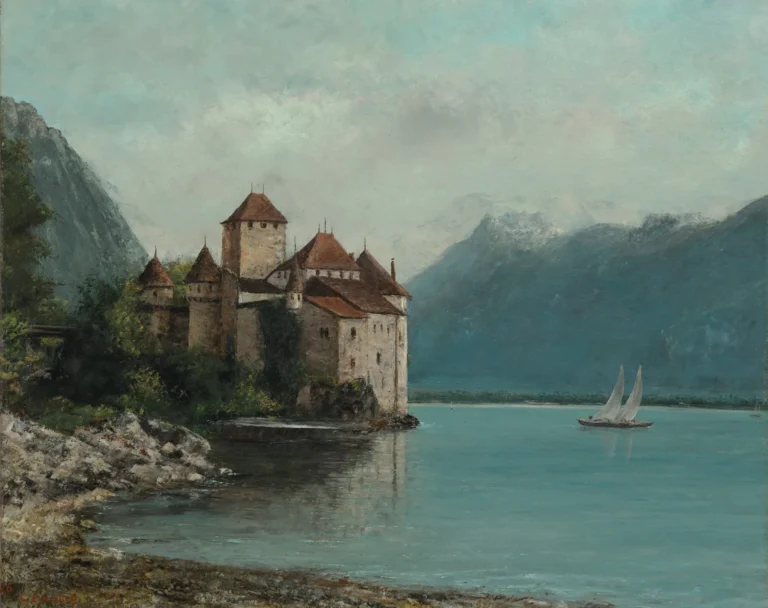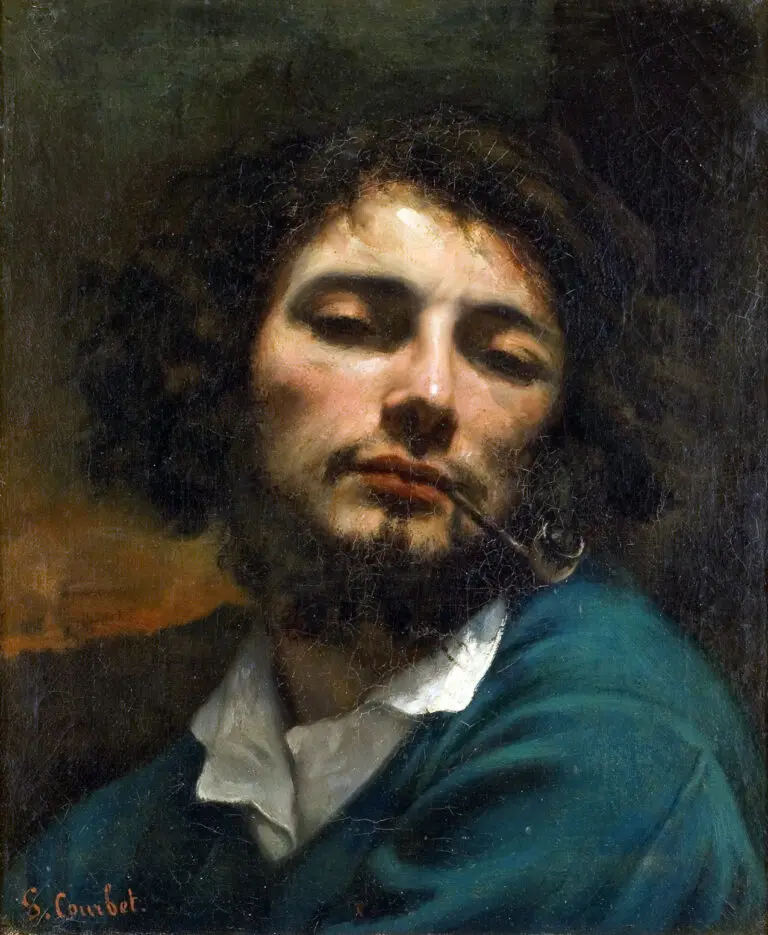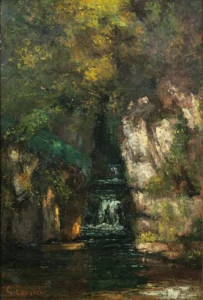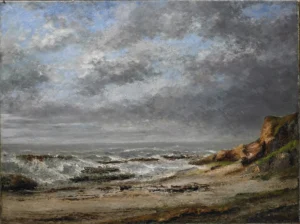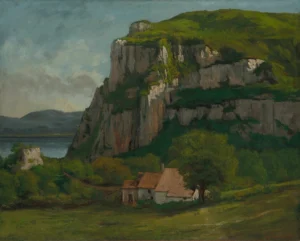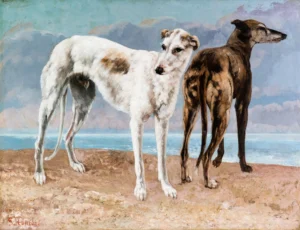Le Château de Chillon, Lake Geneva (1876)
Le Château de Chillon, Lake Geneva, is a significant work by Gustave Courbet produced in 1876 during his exile in Switzerland. The painting portrays the majestic Château de Chillon amidst the tranquil yet dramatic landscape of Lake Geneva, encapsulating themes of solitude and introspection. The integration of natural elements with the architectural structure showcases Courbet's mastery in blending reality with deep emotional undertones, a hallmark of his later style. This piece not only reflects his personal experiences but also captures the historical essence of a popular tourist destination.
Year 1876
About the Artwork
Did You Know
Liked what you see? Add it to your collection.
Enjoyed reading? Share it.
... continued
Context and Location
After his release from prison in 1872 for his involvement in the Commune uprising of 1871, Courbet moved to exile in Switzerland near the border with France. During this time, he produced numerous views of Lake Geneva, including several compositions of the 12th-century Château de Chillon.
Composition and Style
The painting features a juxtaposition of rock, water, landscape, and buildings, reminiscent of his earlier works from the Franche-Comté region. The castle, though man-made and dominant in the composition, appears almost integrated into the natural landscape, creating a sense of peaceful yet lonely grandeur.
Inspiration and Method
While it has been suggested that Courbet might have painted these scenes from photographs due to his financial difficulties and infirmity, evidence suggests that he did travel to the area and painted multiple views of the castle and lake. The composition and angle of view may have been inspired by engravings and photographs, but the melancholy tone of the painting is personal to Courbet.
Historical Significance
The Château de Chillon was a popular tourist site, made famous by Lord Byron's 1819 poem "The Prisoner of Chillon." Courbet's work captures the eternal calm and sense of a place fixed in time, which may reflect his own feelings of enclosure and constraint during his exile.
Artistic Significance
Courbet, a leader of the Realism movement in 19th-century French painting, is known for his innovative and socially conscious work. This painting, like many of his others, reflects his ability to convey deep emotional and personal themes through his art.





